30.12.2024
25th issue of the journal "KB"



SECTION ROLLING PRODUCTION
MODELING OF R65 DT350 RAIL STRAIGHTENING
E.S. Kuzevanov, V.Yu. Rubtsov, V.V. Stakanchikov
Abstract. On the territory of the Russian Federation, all rail production facilities have gag presses for rail ends with a vertical force for straightening of 3500 kN. This article is aimed at checking the need for such a force for straightening the base rail R65 DT350, or conducting possible optimization, with replacement with a less powerful gag press, with achieving greater energy efficiency and energy savings. The calculation confirms that the required vertical force for straightening the rail is 2800 kN. The gag presses have the closest vertical force for straightening - gradation of 3500 kN, therefore the choice of rail manufacturers in this case is fully justified.
Keywords: rail R65, gag press, horizontal force, vertical force, simulation, elastic deformation, plastic deformation.
Keywords: rail R65, gag press, horizontal force, vertical force, simulation, elastic deformation, plastic deformation.
FLAT ROLLING PRODUCTION
MODELING THE CHANGES IN THE STRENGTH PROPERTIES OF ROLLED PLATES DEPENDING ON THE CHEMICAL COMPOSITION OF PIPE STEEL AND TECHNOLOGICAL PARAMETERS OF PRODUCTION
D.N. Chikishev, O.K. Esipova
Abstract. Mathematical modeling of changes in the strength characteristics of thick rolled sheets made of microalloyed pipe steels has been performed. The finite element method and neural network modeling were used for the study. An analysis was made of the influence of the content of chemical elements in steel and variation of process parameters during thermomechanical treatment on the mechanical properties of thick rolled sheets in the thickness range of 15-25 mm. Regularities in changes in mechanical properties depending on the content of niobium, vanadium, titanium, chromium, nickel, copper, molybdenum, boron, slab heating temperature in the furnace before rolling, increase in slab thickness, decrease in the end rolling temperature, increase in the cooling rate after rolling, and decrease in the end accelerated cooling temperature were established.
Keywords: thermal deformation treatment, strength, deformation, microalloyed steel, neural network, structural-phase transformation, mathematical modeling.
Keywords: thermal deformation treatment, strength, deformation, microalloyed steel, neural network, structural-phase transformation, mathematical modeling.
TUBE ROLLING PRODUCTION
DEVELOPMENT OF AN IMPROVED DESIGN OF THE SECTION OF THE CONVEYING ROLLER OF THE PIPE ROLLING UNIT
A.O. Khalezov, G.A. Orlov, D.S. Nukhov
Abstract. As a result of heating the metal to the temperature of hot deformation in heating furnaces, scale is formed on the surface of the workpiece. The scale differs from the base metal in its characteristics, and various kinds of surface defects occur on the pipes during the subsequent setting of the scale the production of pipes made of high-alloy steels, the use of a scale hydraulic fracturing unit does not allow the scale to be completely removed from the outer surface of the workpiece before rolling it on a sewing mill. The work uses technical solutions that will improve the quality of the sleeves by removing scale at the time of passage of the workpiece along the roller from the heating furnace to the installation of a hydraulic scale breaker. The main idea is to ensure the rotation of the workpiece during its transportation along the roller – the translational-rotational movement with the help of additional friction will allow the scale to be broken and partially chipped, and with further passage of the workpiece through the water hammer, the pressure of jets from nozzles located along the ring will completely remove and wash away the scale from the sur-face of the heated workpiece. The effectiveness of the measures proposed in the work was evaluated based on the results of finite element modeling of technological operations.
Keywords: screw firmware, stability of the firmware process, installation of a scale hydraulic break, surface defects of the screw firmware, transportation of the heated workpiece.
Keywords: screw firmware, stability of the firmware process, installation of a scale hydraulic break, surface defects of the screw firmware, transportation of the heated workpiece.
DESIGN OF COLD PILGER MILL TOOL FOR ALUMINUM ALLOY PIPES
D.S. Nukhov, I.M. Berezin, P.V. Orekhov
Abstract. Cold rolling of pipes is carried out on pilger-type mills in which the tube billet is rolled in portions. It is necessary to ensure a substantial reduction of hot-worked blank transverse and longitudinal wall variation during the cold pilgering, especially on edges. The purpose of this article was to design the groove and mandrel for rolling of pipes on the reduction schedules
Ø65´4 mm - Ø54,85´1,91 mm and Ø65´4 mm - Ø49,9´1,91 mm from aluminum alloy. The «MISIS» methodology was applied as the basic for calculating the cold pilger mill tool calibration. The inspection of technical limitations has demonstrated that all requirements were met; including the requirements for geometric accuracy of dimensions with consideration to external diameter and wall thickness allowances.
Keywords: cold pilgering, tool (groove and mandrel) design, cold pilger mill, aluminum pipes (tubes).
Ø65´4 mm - Ø54,85´1,91 mm and Ø65´4 mm - Ø49,9´1,91 mm from aluminum alloy. The «MISIS» methodology was applied as the basic for calculating the cold pilger mill tool calibration. The inspection of technical limitations has demonstrated that all requirements were met; including the requirements for geometric accuracy of dimensions with consideration to external diameter and wall thickness allowances.
Keywords: cold pilgering, tool (groove and mandrel) design, cold pilger mill, aluminum pipes (tubes).
